
Filmpac Footage Contributor Program
Want to make money selling footage through a major stock footage platform like Filmpac? This page will walk you through the processs.
Continue ReadingFor the last two decades, the term “vlog” (short for “video blog”) has been transformed from an obscurity to a household term.
From the occasional short video on social media or TikTok to a dedicated YouTube channel, it seems like almost everyone is vlogging these days.
Including you!
You’ve found your niche, planned your content, and you’ve identified your target audience.
So, as a video editor and vlogger, how do you set your content apart from all of the noise?
After analyzing some of the most successful vloggers out there, we’ve identified 3 key elements of a high-quality vlog. Sticking to these elements will help you step up your game and attract and maintain a larger audience.
Content creators use vlogs in a variety of ways, from tutorials to YouTube videos. And the availability of technology such as the iPhone, Android, vlogging cameras, and video editing software has made it easier than ever to create that first vlog and optimize your video content.
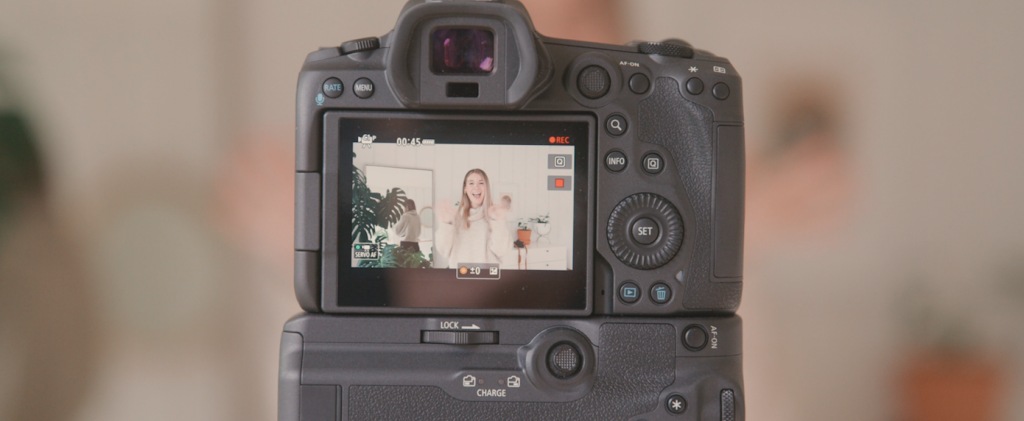
From a video editing perspective, the biggest key to keeping your viewers’ attention is to keep your energy level high.
Now, this doesn’t mean that you have to spend the whole video yelling at the camera. But you should, at the very least, focus on being upbeat, conversational, and engaging.
People are naturally drawn to a charismatic delivery. And if you don’t have good energy, it will be harder to keep your viewers’ attention spans, no matter how great or useful your content actually is.

It doesn’t matter how fancy your gear is or how much time you spend on cool effects; if your format varies too much, your product will suffer.
People, by default, are drawn to familiarity. A consistent intro, a consistent camera angle, consistent audio quality, consistent segments; all of these things are essential for a good vlog.
From the gear that you use to the way your episodes are organized, creating any sort of template for yourself to work within will help to keep you on track.
To really build and maintain a loyal following, your product needs to be consistent enough that your viewers have a general idea of what they’re in for before they even hit play.
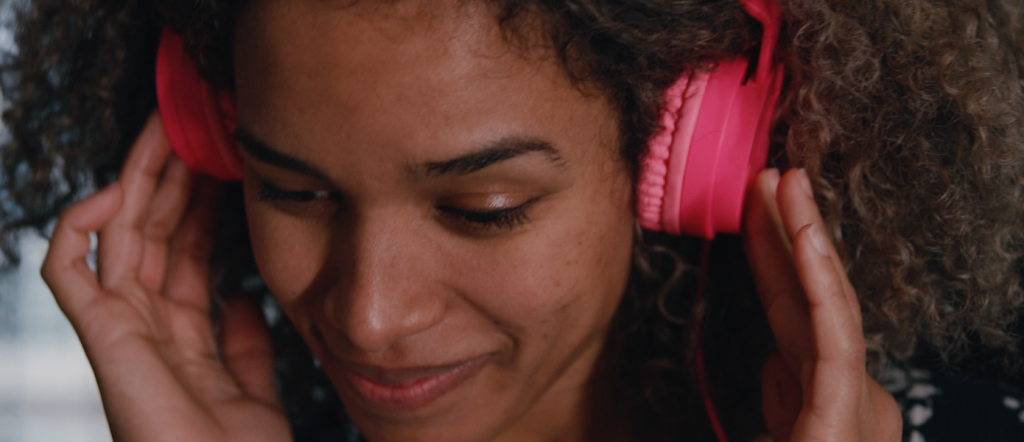
This crucial element closely ties in with the previous two: good music can really up your show’s energy level, and consistent use of music (as imaging or as an intro, for example) can make your brand feel more cohesive and polished.
Music can play many different roles in your vlog, from intros, transitions, underscores, outros, and more. Used properly in any of these settings, it can be a quick and easy way to increase your production value. This is one of the biggest things that beginners overlook.

Finding a good source of royalty-free stock music can be tough, but luckily, Filmpac has a brand-new Vlog Playlist, filled of all sorts of tracks that are perfect for all things vlogging.

At the end of the day, the biggest factor of a successful vlog will be the usefulness and relevance of your vlog content and vlog ideas, which will drive search engine results (also known as SEO). But if you incorporate these 3 vlogging tips into the way you deliver that content, you’ll build a bigger following for your vlog channel and have a better product.
Navigating Video Sharing Platforms for Maximum Impact
The landscape of video sharing platforms is diverse, and each has its unique features and audience demographics. It’s crucial to align your vlog’s theme and target audience with the right platform to maximize your reach and engagement.
Each of these social media platforms requires a slightly different approach in terms of video format, content style, and engagement strategy. A successful vlogger must adapt their content to suit the platform’s norms while maintaining their own unique voice and style. This strategic alignment will help in effectively reaching and engaging the intended audience.
When starting video blogs, having the right equipment is key to producing quality content. Here are a few things to get you started:
Camera: The most crucial piece of equipment is a good camera. For beginners, a newer smartphone with a high-quality camera can suffice. However, for more professional video logs, consider investing in a DSLR or mirrorless camera. Look for features like 4K resolution, image stabilization, and good low-light performance. Popular choices among vloggers include the Canon EOS R50, Panasonic Lumix S5 IIX, and the Sony ZV-1 II.
Microphone: Audio quality is just as important as video quality. External microphones provide clearer sound than built-in camera mics. There are different types of microphones to consider:
Lighting Equipment: Proper lighting makes a significant difference. Natural light is always preferable, but it’s rarely reliable or consistent.
Consider:
Editing Software: Post-production is where your vlog comes together. Options range from beginner-friendly software like iMovie or Windows Movie Maker to more advanced options like Adobe Premiere Pro or Final Cut Pro.
The choice depends on your skill level and the complexity of your video editing needs.
Each of these pieces of equipment plays a role in the overall quality and success of your own vlog. While you don’t need to invest in the most expensive gear right away, choosing the right tools for your needs and budget is important in creating engaging, high-quality content.
Enhanced Engagement and Connection
Vlogs allow for a more personal and engaging form of communication compared to traditional blogging or social media posts. The use of video helps in creating a stronger connection with the audience, as viewers can see and hear you, making the interaction feel more direct and personal.
Increased Reach and Audience Growth
Video content is highly shareable and often preferred by social media algorithms, increasing the potential for reach and audience growth. Vlogs can tap into a wider demographic, appealing to those who prefer visual and auditory content over reading text.
Creative Expression
Vlogging provides a platform for creative self-expression. Vloggers can explore various video formats, editing styles, and content ideas, making it an excellent medium for showcasing creativity and storytelling skills.
Monetization Opportunities
Successful vlogging can lead to monetization through various channels such as advertising revenue, sponsorships, affiliate marketing, and merchandise sales. This makes it an appealing option for those looking to generate income from their content.
Building a Personal Brand or Business
Vlogging can be an effective tool for building a personal brand or promoting a business. It allows individuals and companies to showcase their expertise, products, or services in a relatable and engaging way, helping to build trust and credibility with their audience.
Skill Development
Creating vlogs involves learning and honing a variety of skills, including video production, editing, content planning, and social media marketing. This skill development can be beneficial both personally and professionally.
Community Building
Vlogging can help in building a community of like-minded individuals who share common interests. This community can offer support, feedback, and opportunities for collaboration, creating a sense of belonging and shared purpose.
Kevin Graham is the Music Director at Filmpac.

Want to make money selling footage through a major stock footage platform like Filmpac? This page will walk you through the processs.
Continue Reading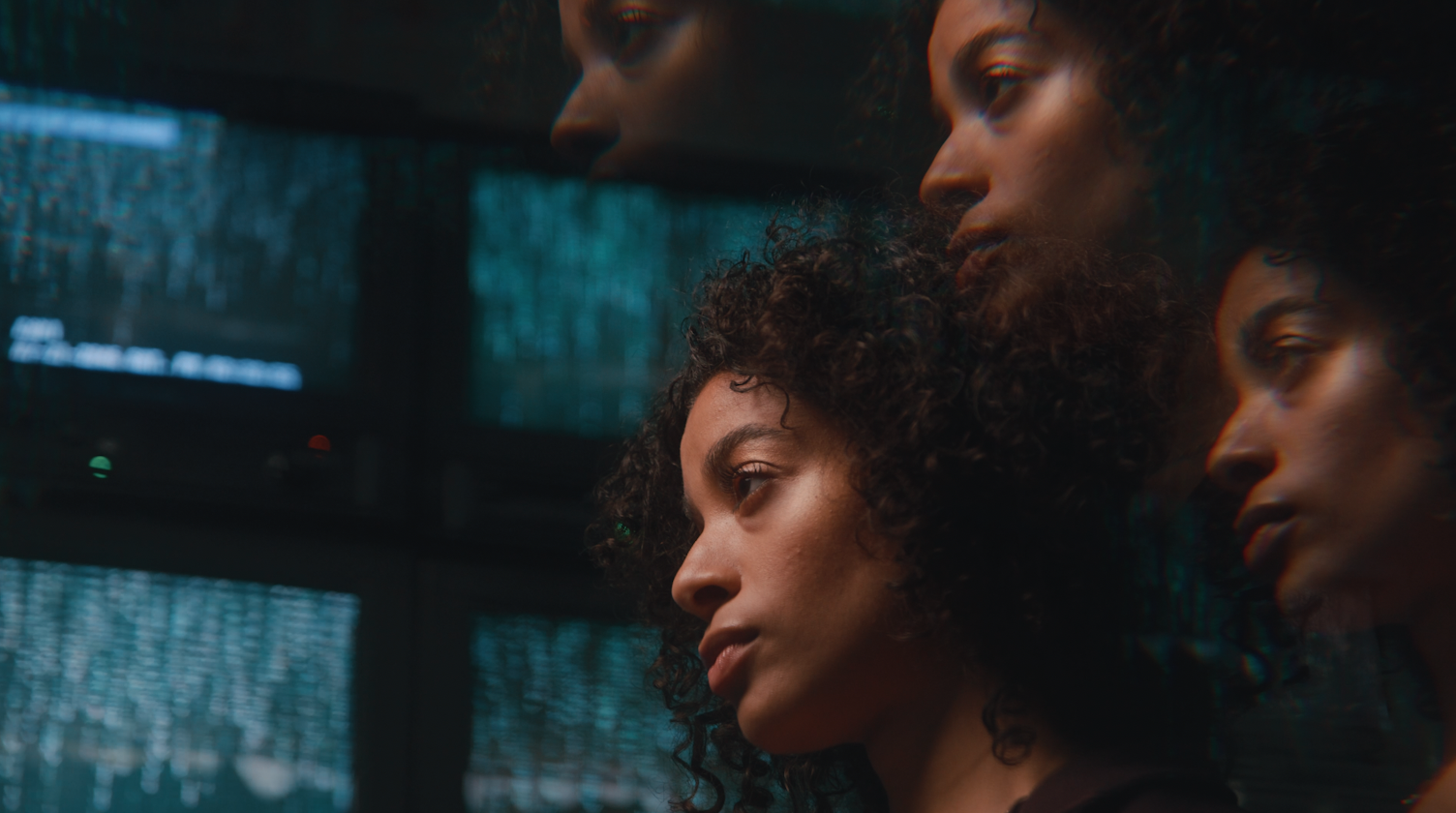
We know you work hard at your craft, and we want to invite you (yes YOU) to show us what you've got in our 10-day Ad Challenge!
Continue Reading
When it comes to professional video editing in the 2020s, two powerful software options stand out: Adobe Premiere Pro vs. DaVinci Resolve.
Continue Reading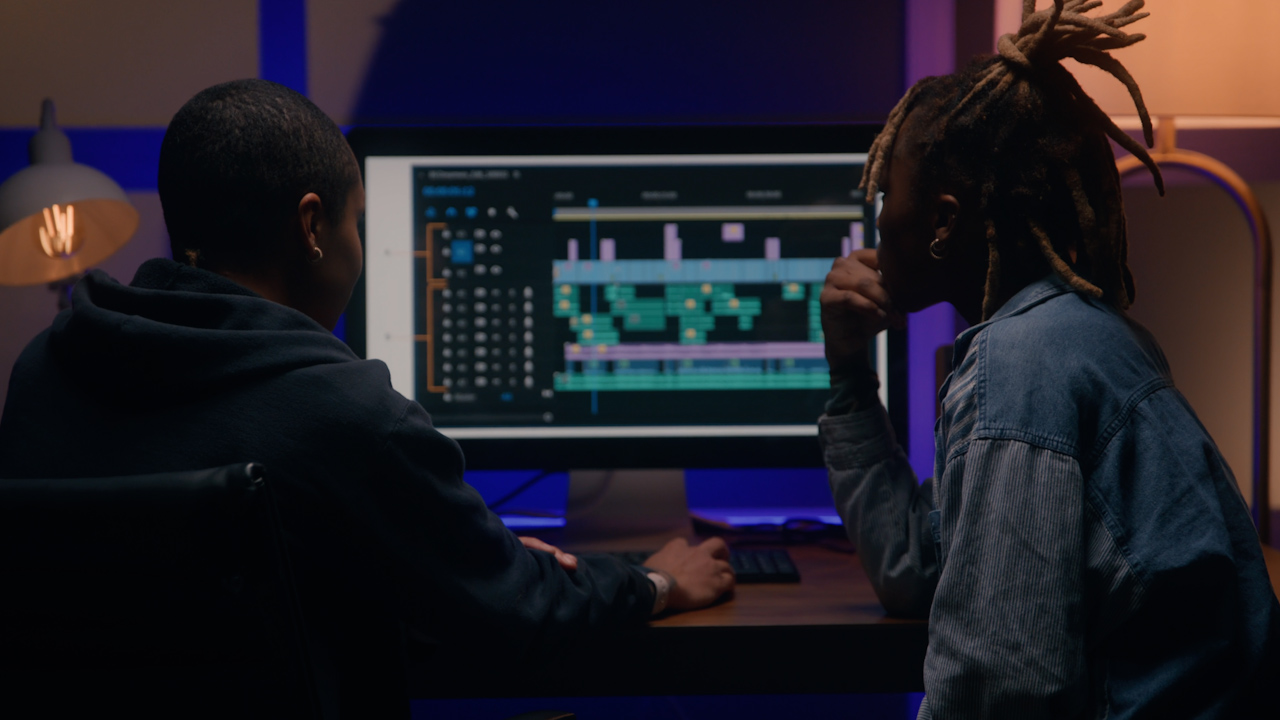
As content creators, the computers we use to edit our videos are just as important as the cameras we use to film. Here are our favorites.
Continue Reading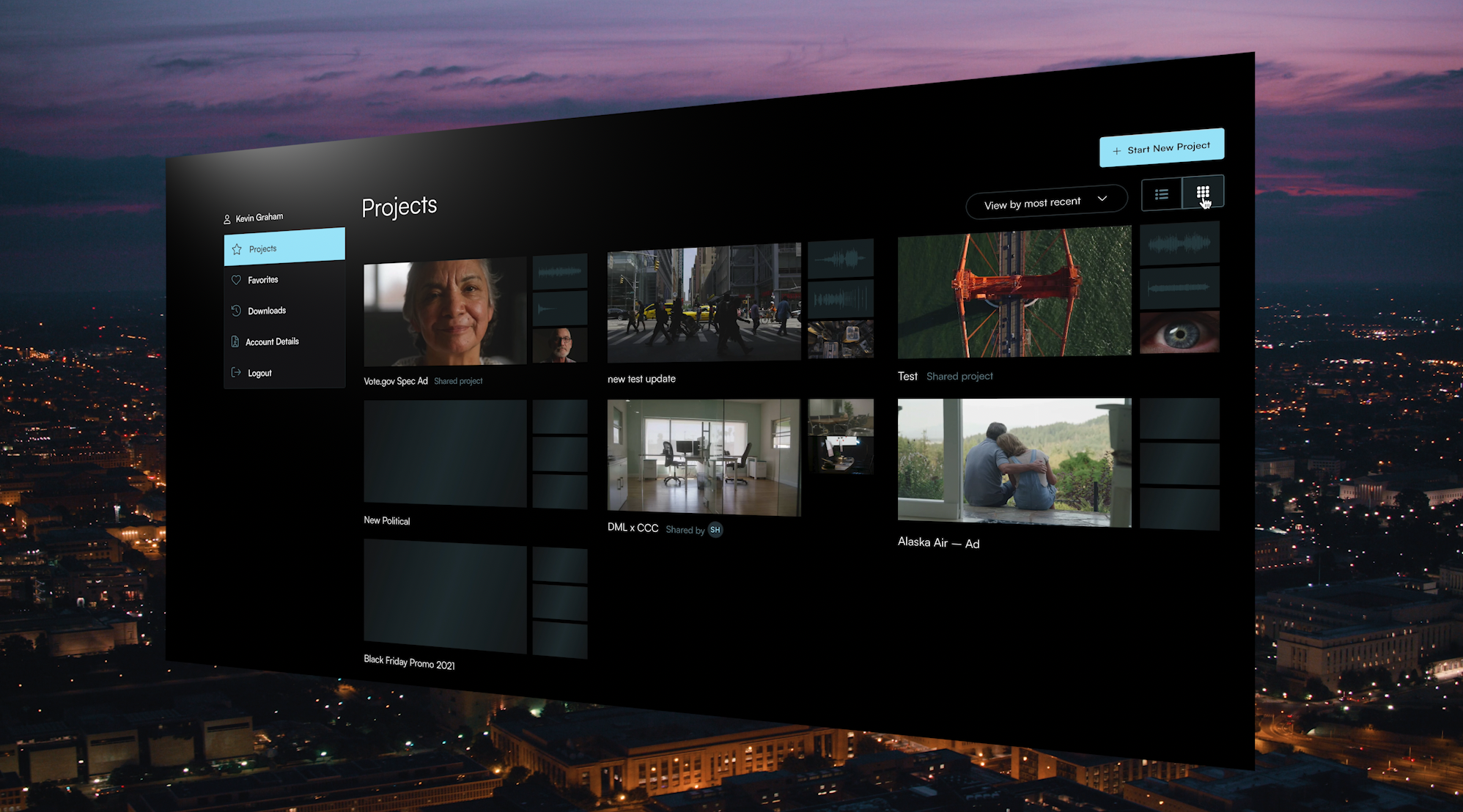
Filmpac’s newly-designed Project Feature is a powerful tool for collaborative video editing. Here’s a quick rundown of how it works.
Continue Reading

One of the most difficult parts of being a professional filmmaker is effectively managing and budgeting your time.
Continue Reading
Want to make money selling footage through a major stock footage platform like Filmpac? This page will walk you through the processs.
Continue Reading